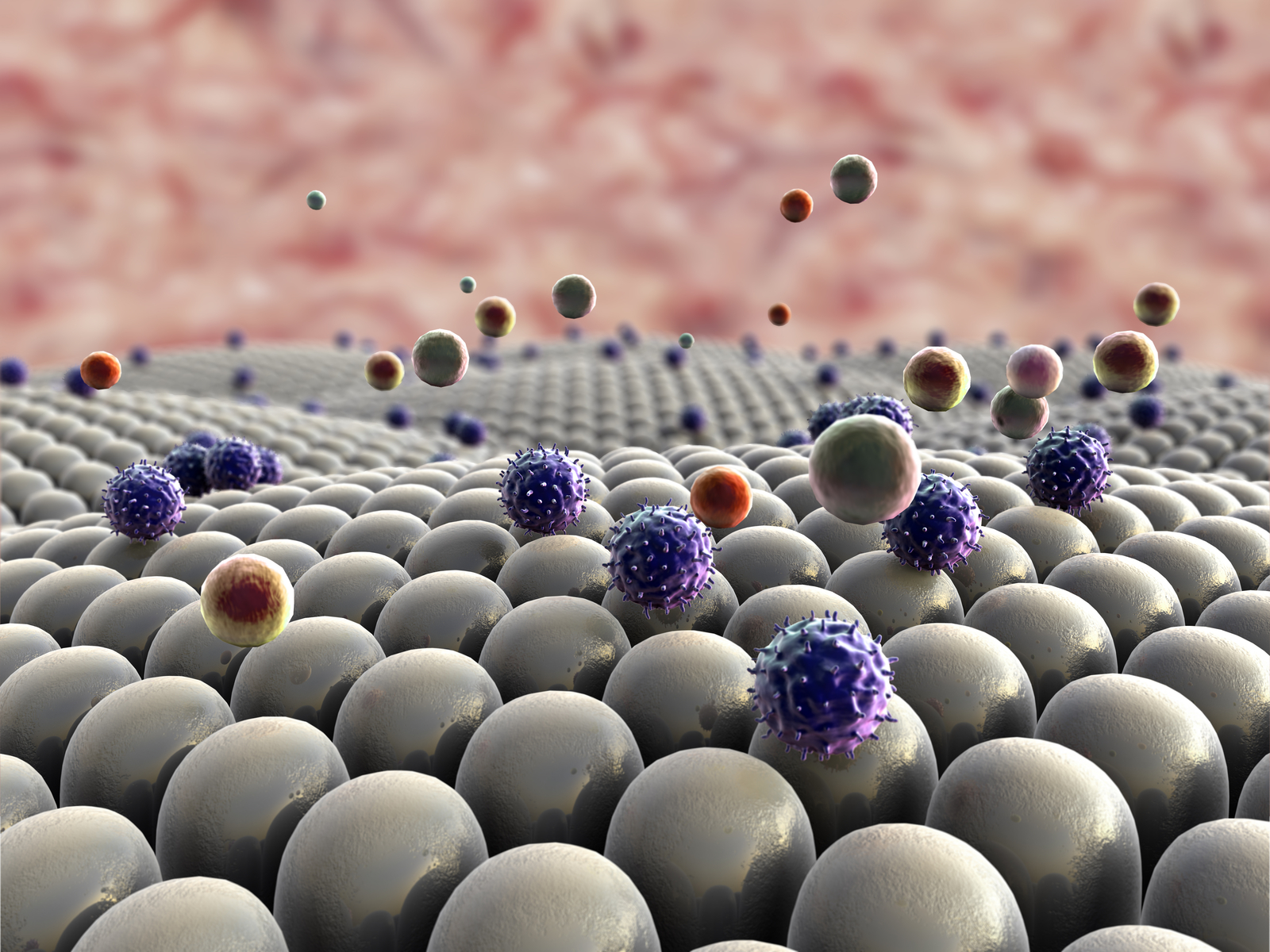Fidaxomicin, like vancomycin, is indicated for treatment of Clostridium difficile-associated diarrhea. Both drugs are poorly absorbed systemically and treat the condition locally in the gut and intestines. Vancomycin, however, appears to be more soluble that fidaxomicin over the range of physiologically-relevant dissolution media. The innovator of fidaxomicin submitted a petition, FDA-2015-P-1595 (here) requesting that the FDA require in vitro testing, pK testing, and a BE study with clinical endpoints.
In a Federal Register notice today (here), the FDA has indicated that it will be responding to the petition, but, as yet, no response has been posted on regulations.gov. The Agency’s draft bioequivalence (BE) Guidance for fidaxomicin (here) outlines the requirements for establishing BE of generic version of the product. Like the vancomycin draft Guidance, there are various in vitro and in vivo options that FDA has set forth for the establishment of BE. Like the vancomycin draft Guidance, if the generic version of fidaxomicin is qualitatively (Q1) and quantitatively (Q2) the same as the reference listed drug (RLD) in terms of active and inactive ingredients, then no BE study with clinical endpoints is required and the firm must meet in vitro dissolution requirements. But in addition, and unlike the vancomycin BE recommendation, the FDA recommendation for fidaxomicin includes in vivo fasting and fed pharmacokinetic studies, which may indicate that FDA believes that systemic absorption may be somewhat greater than that of vancomycin.
If the generic fidaxomycin formulation is not Q1 and Q2 the same as the innovator, FDA recommends that a bioequivalence study with clinical endpoints also be conducted, again this is similar to the vancomycin recommendation.
It will be interesting to read the petition response, which (I assume) will be available and posted soon on regulations.gov. This is another example of FDA’s new scientific look at products that don’t fit the usual in vivo or in vitro profile for establishing bioequivalence. We have seen FDA’s continued “outside the box” thinking on similar products in an effort to develop a pathway to generic approval for these non-traditional type products.




